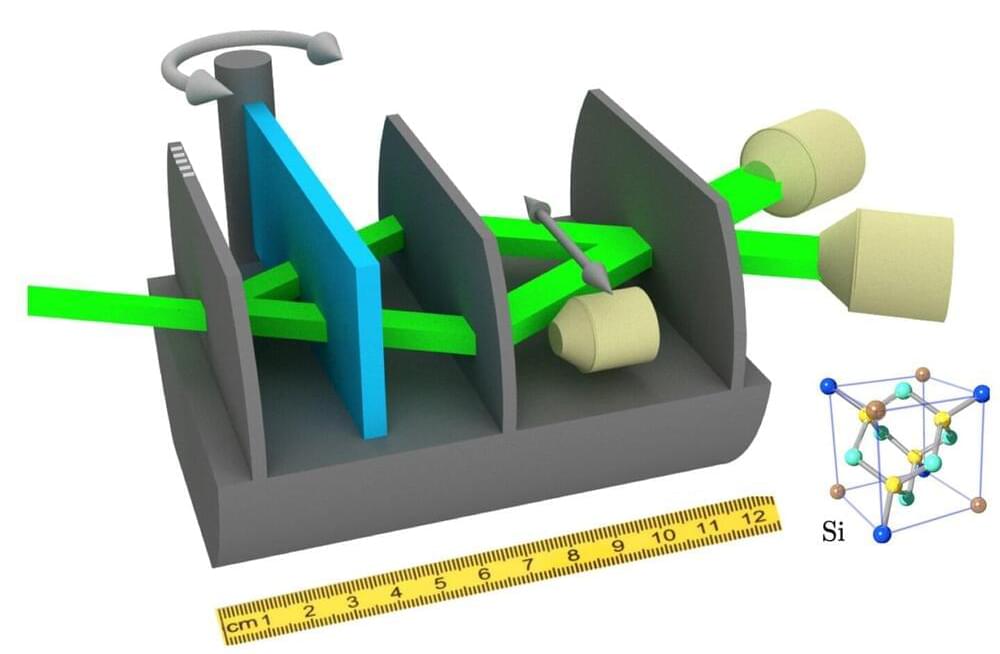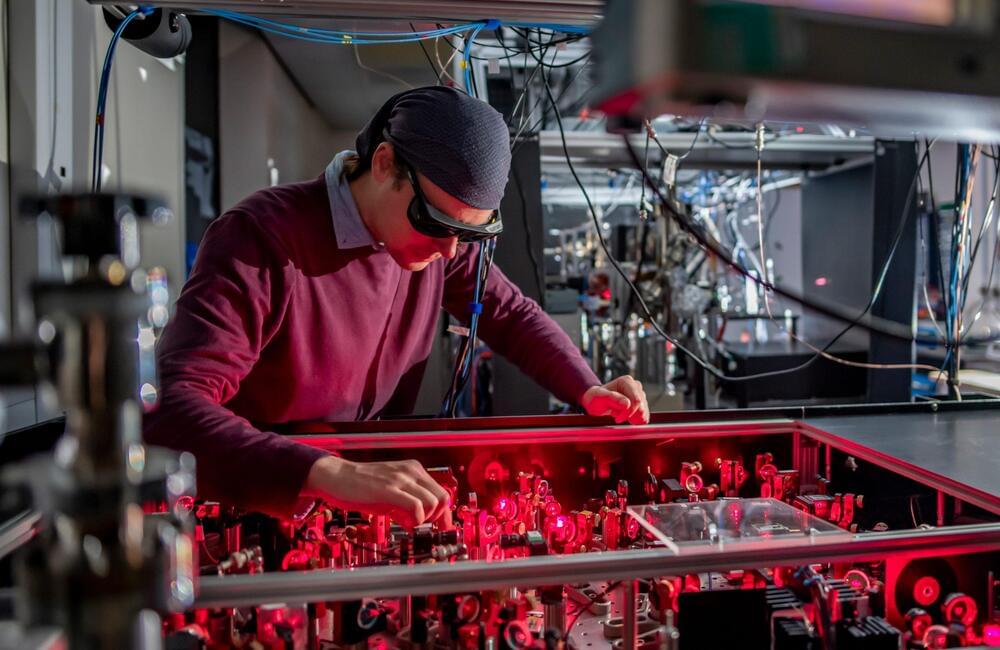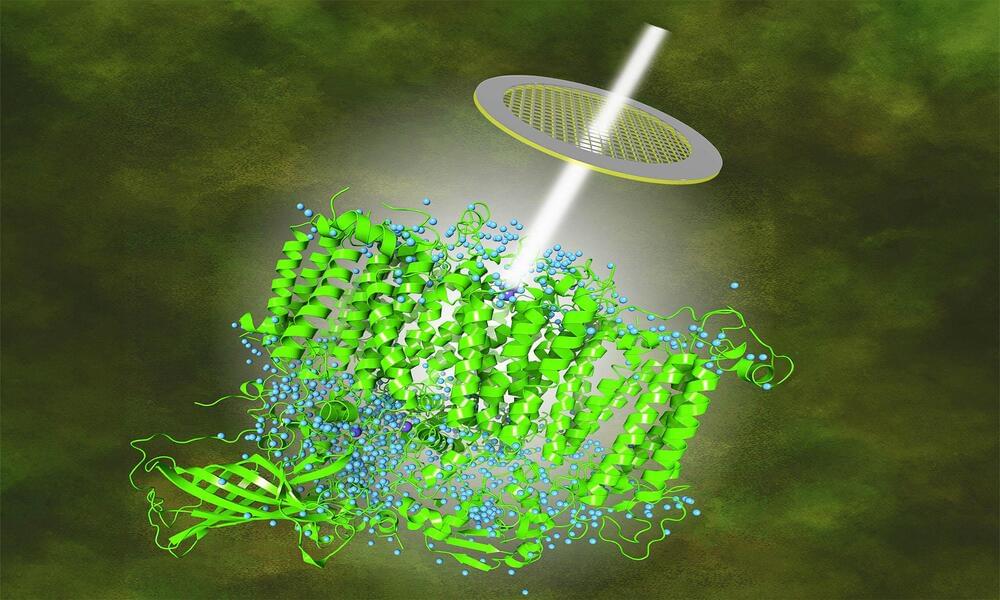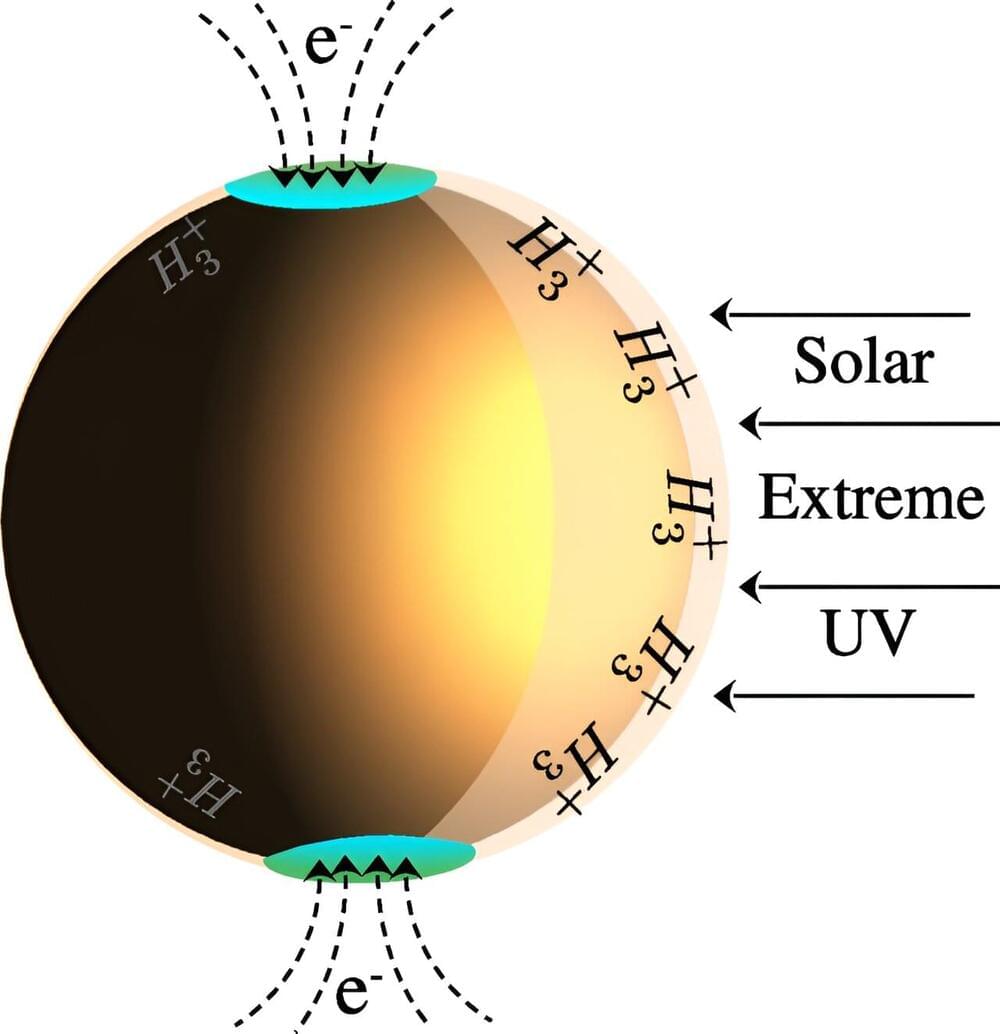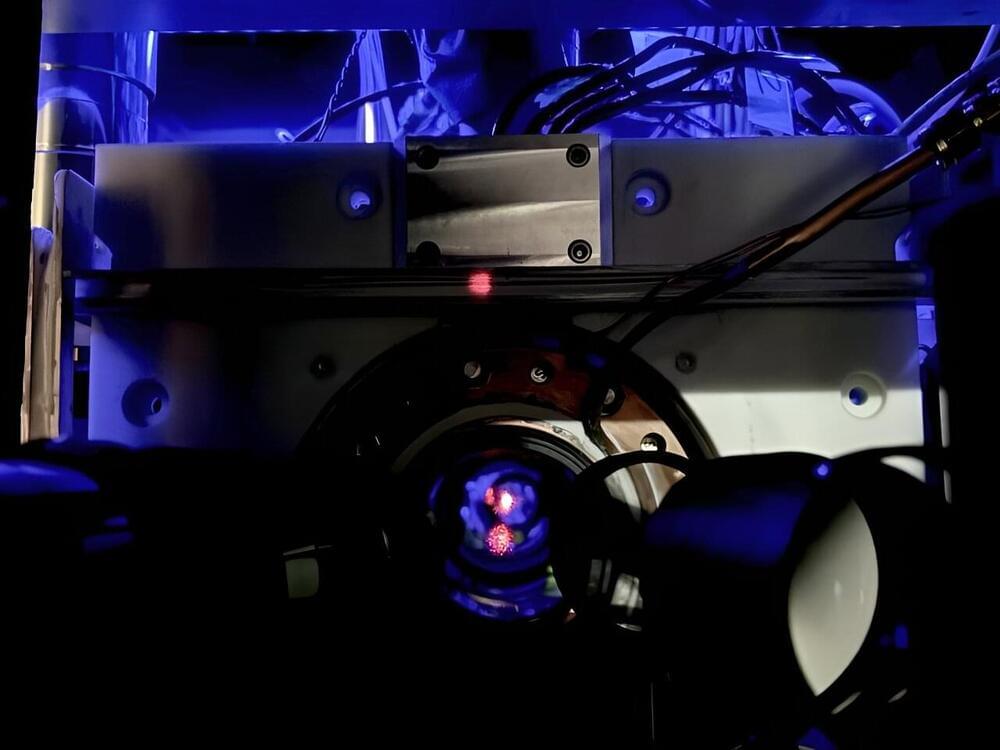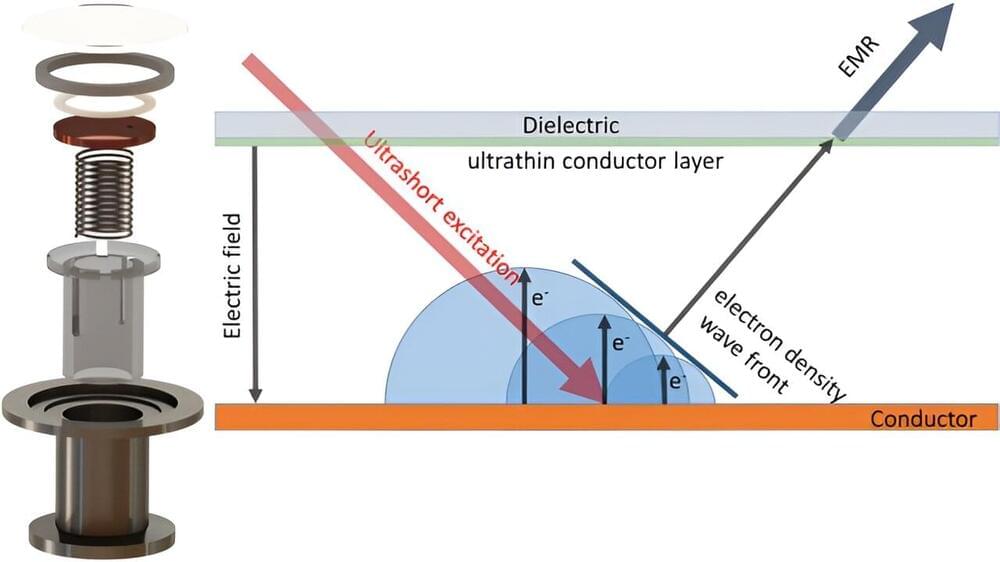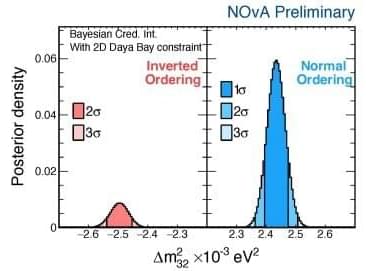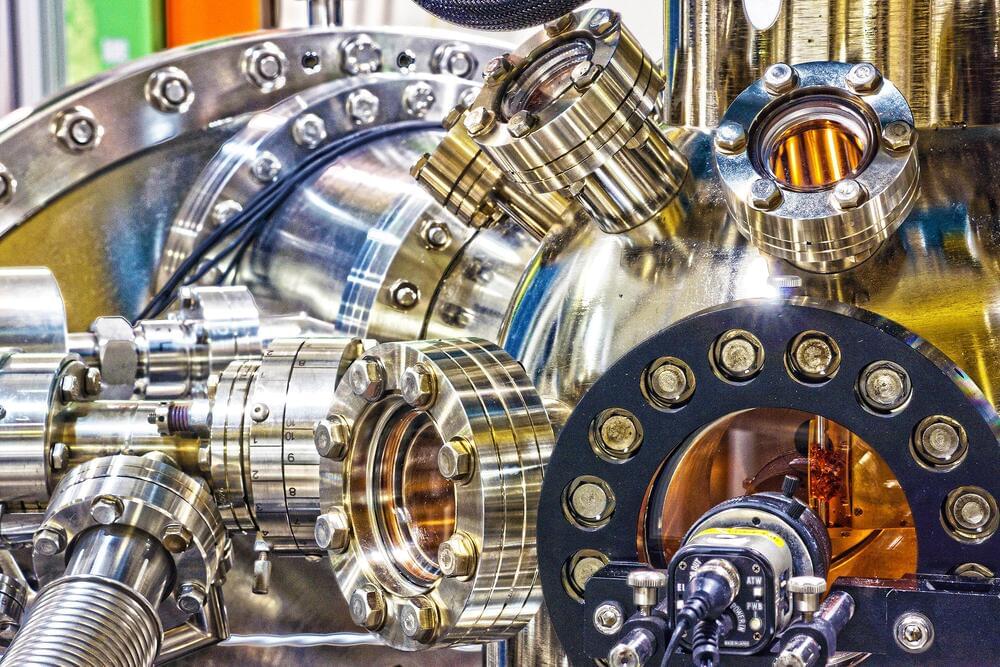Is nature really as strange as quantum theory says—or are there simpler explanations? Neutron measurements at TU Wien prove that it doesn’t work without the strange properties of quantum theory.
Can a particle be in two different places at the same time? In quantum physics, it can: Quantum theory allows objects to be in different states at the same time—or more precisely: in a superposition state, combining different observable states. But is this really the case? Perhaps the particle is actually in a very specific state, at a very specific location, but we just don’t know it?
The question of whether the behavior of quantum objects could perhaps be described by a simple, more classical theory has been discussed for decades. In 1985, a way of measuring this was proposed: the so-called “Leggett-Garg inequality.” Any theory that describes our world without the strange superposition states of quantum theory must obey this inequality.
